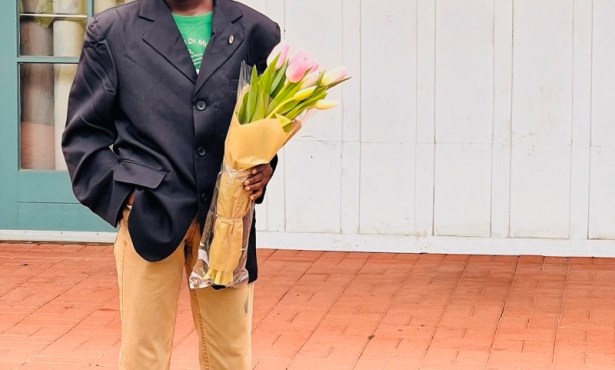Camerata Pacifica
At El Montecito Presbyterian Church, Friday, November 16.
Due to construction at the Music Academy of the West, Camerata Pacifica has been moving from venue to venue for its Santa Barbara performances this year, but this group has a way of turning disadvantages into opportunities. The first piece on this program, Schubert’s Sonata for Violin and Piano in A Major (D. 574), sparkled with Kevin Fitz-Gerald’s light touch and radiated warmth from Catherine Leonard’s violin.
In stark contrast to Schubert’s gentle civility, Beethoven’s Trio for Violin, Cello, and Piano in B-flat Major (Op. 11) overwhelmed us with its powerful allegro con brio first movement and its very funny allegretto finale. Beethoven wrote this work early in his career, when he was trying to at once fit into Viennese musical society and compete with its best composers and performers, so he included a popular and recognizable opera tune along with clear signs of his forceful, original personality. Leonard, Fitz-Gerald, and cellist Ani Aznavoorian handled both the heavy and the light ends of this work with charm and skill.
The group followed Beethoven’s boldness and humor with another contrasting work, Ravel’s Sonata for Violin and Piano, an intriguing exploration of the limits of tonality and melodic development. Nurit Pacht made its complex ideas lucid and comprehensible, with soaring, passionate melodies followed by occasional thunderous double-stops and eerie tremolo passages. Ravel was dismissed from his composition class soon after he wrote this piece, and it has the strange, moving loneliness of an outcast at its heart.
After the intermission, Artistic Director Adrian Spence reflected that the program followed the trajectory of two concerts. He was right; it did feel as if we had made another emotional journey from start to finish. Pacht returned to the stage alone and played the “Chaconne” from J. S. Bach’s Partita No. 2 in D Minor, an extremely challenging work with elaborate lines moving in two- and three-part counterpoint. Hearing someone play this monumentally difficult work at all is remarkable; hearing Pacht play it with such passion was extraordinary. The evening ended with another magnificent display of string virtuosity, this time by Leonard and Aznavoorian in Ravel’s Sonata for Violin and Cello. This work, from much later in Ravel’s career, rips along confidently, alternating pizzicato indignation with high-intensity melodic determination. For Ravel-as well as for Camerata Pacifica-setbacks lead to triumphs, and it was a pleasure to hear them succeed.



